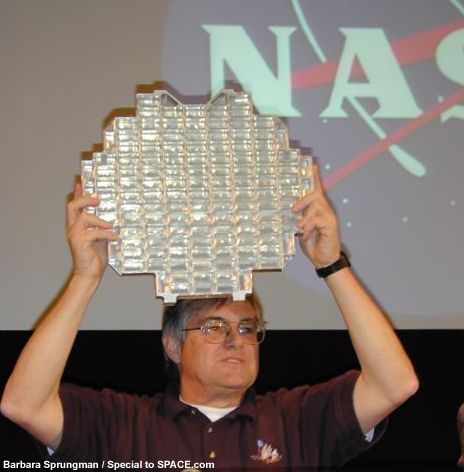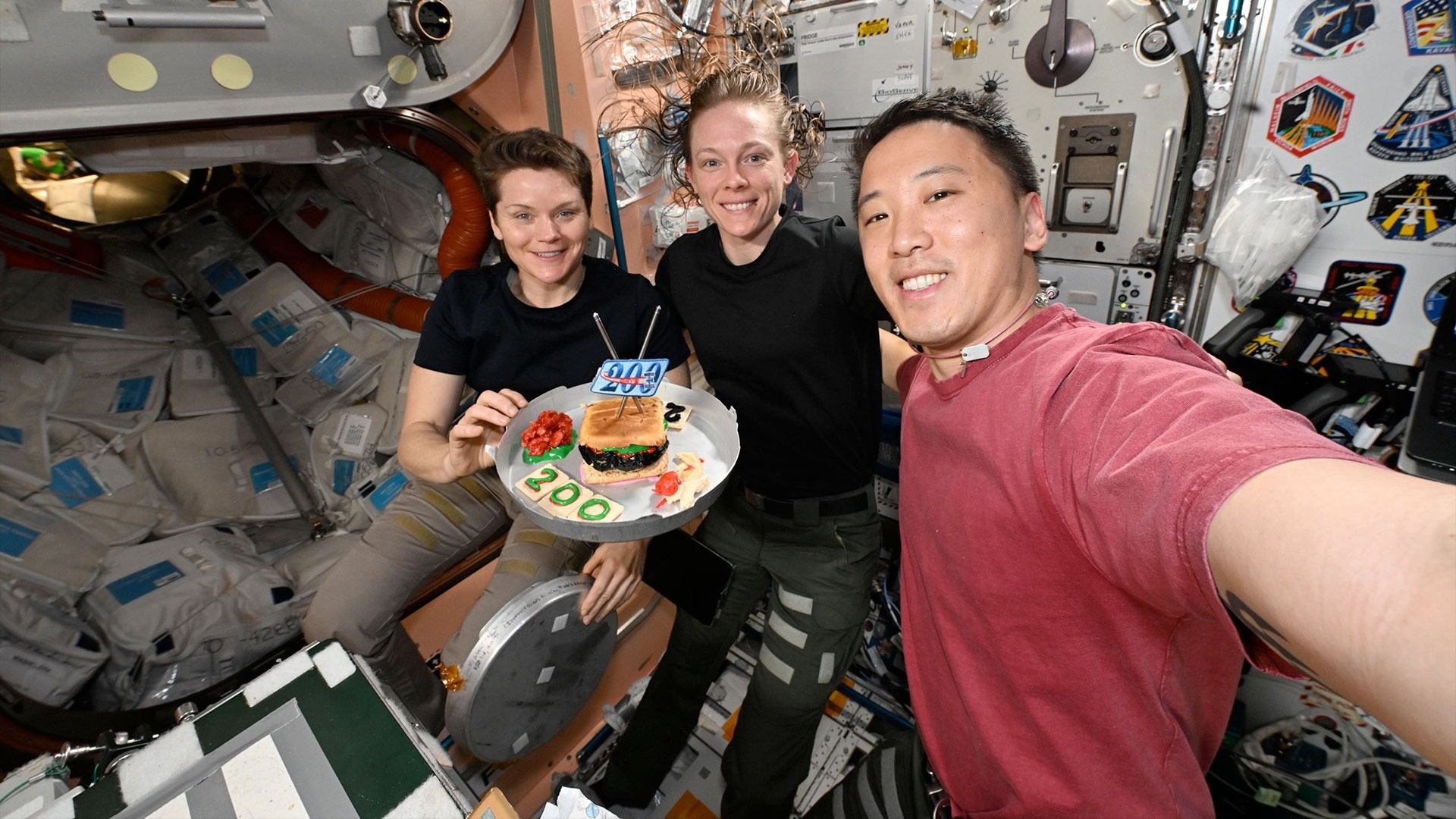Stardust@home Project Brings Cosmic Dust to Your Desktop

Finding apiece of the cosmos may be as easy as logging onto the Internet for amateursleuths bent on aiding NASA's Stardust mission.
Researchersat the University of California, Berkeley are calling on computer users to jointhe Stardust@home project and help find tiny grains of interstellar dust capturedby NASA's Stardust probe.
Launched in1999, Stardustis expected to send a sample container laden with cometary fragments and interstellardust grains down to a Utah desert landing site in the early morning hours ofJan. 15. The comet and dust samples are locked within a wispy material dubbed aerogel,which researchers will have to pore through to find the miniscule grains.
Scientistshope the comet and dust samples, ancient material in its own right, will shednew light on composition of distant stars and the origin of our solar system4.5 billion years ago.
"These willbe the very first contemporary interstellar dust grains every brought back toEarth for study," said Andrew Westphal, the associate director of UC Berkeley'sSpace Sciences Laboratory who developed the technique NASA will use to digitallyscan Stardust's aerogel packs, in a statement. "Twenty or 30 years ago, wewould have hired a small army of microscopists who would have hunched overmicroscopes...looking for the tracks of these dust grains."
Today,however, Westphal and his colleagues will rely on an online "virtual microscope"that allows anyone with an Internet connection to sift through the anticipated1.5 million aerogel images for interstellar dust tracks. Each image will coveran area smaller than a single grain of salt, researchers said.
Stardust@homeis reminiscent of the UC Berkeley-based SETI@homeeffort and others that rely on volunteers to aid in a larger data analysis project.
Breaking space news, the latest updates on rocket launches, skywatching events and more!
But while SETI@homeallowed computer users to participatein the search of extraterrestrial intelligent life by downloading a screensaverthat sifted through myriads of radio signals, the Stardust@home project - whichis set to begin in mid-March - is a bit more hands-on and comes with a bonus:Dust grain discoverers will get to name their tiny finds.
Volunteerscanners must pay close attention to aerogel images to pick out dust tracksfrom false signals. and must first pass an initial test using sample pictures,project officials said.
"We willthrow in some calibration images that allow us to measure a volunteer'sefficiency," Westphal said.
Westphalestimates that some 30,000 man-hours will be required to go through each imagefrom Stardust's aerogel sample return capsule four times.
Accordingto the Stardust@home plan, if two out of four volunteers claim to find a dusttrack the corresponding image will be sent to 100 more volunteers forverification. Should at least one-fifth of those reviewers affirm the find, theimage will be kicked up to a team of UC Berkeley undergraduates trained to spotaerogel dust tracks.
Researchersat NASA's Johnson Space Center in Houston, where Stardust's sample returncanister will be sent after landing, will remove the grains once they areidentified using specially developed microtweezers and micro-pickle forks,project officials said.
"Stardustis not only the first mission to return samples from a comet, it is the firstsample return mission from galaxy," Westphal said.
Click here for more information onUC Berkeley's Stardust@home project.
- Full Circle: NASA's Stardust Probe Returns Home with Comet Samples
Join our Space Forums to keep talking space on the latest missions, night sky and more! And if you have a news tip, correction or comment, let us know at: community@space.com.

Tariq is the award-winning Editor-in-Chief of Space.com and joined the team in 2001. He covers human spaceflight, as well as skywatching and entertainment. He became Space.com's Editor-in-Chief in 2019. Before joining Space.com, Tariq was a staff reporter for The Los Angeles Times covering education and city beats in La Habra, Fullerton and Huntington Beach. He's a recipient of the 2022 Harry Kolcum Award for excellence in space reporting and the 2025 Space Pioneer Award from the National Space Society. He is an Eagle Scout and Space Camp alum with journalism degrees from the USC and NYU. You can find Tariq at Space.com and as the co-host to the This Week In Space podcast on the TWiT network. To see his latest project, you can follow Tariq on Twitter @tariqjmalik.
